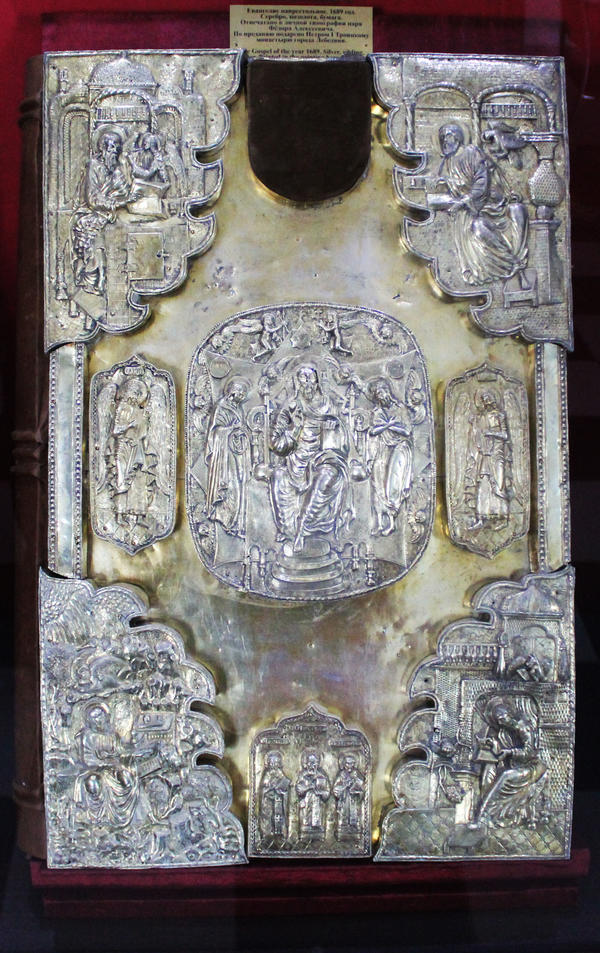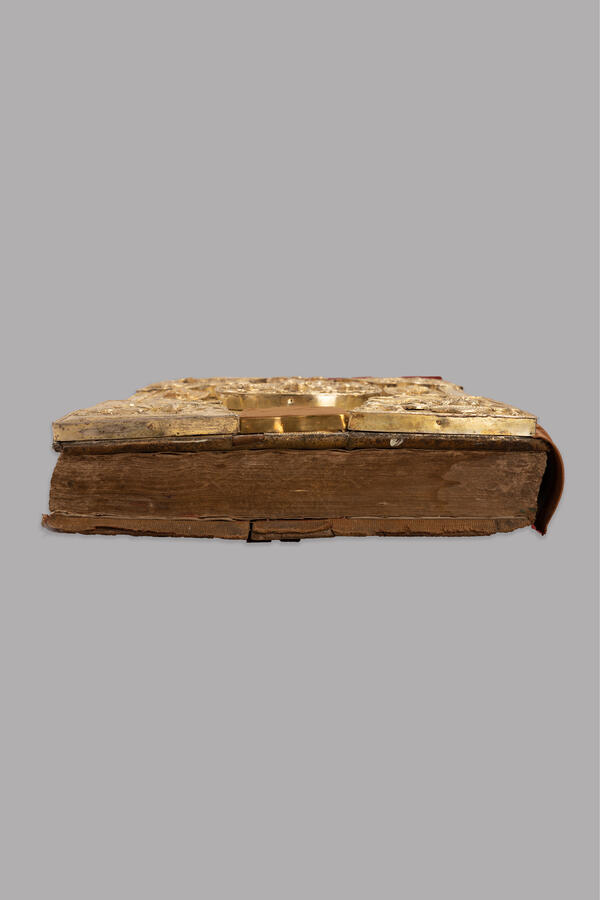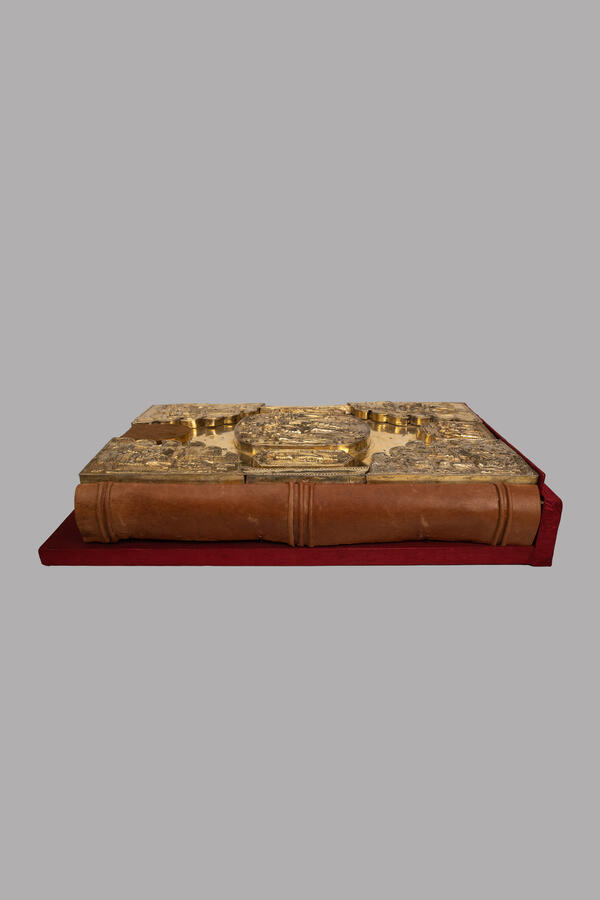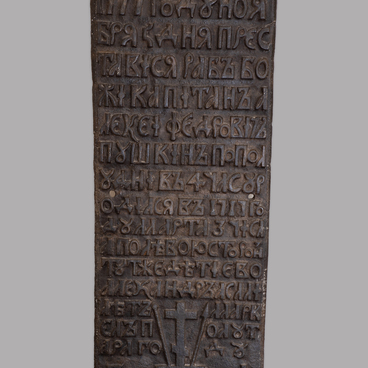The Altar Gospel is a liturgical book, which is necessarily located on the altar table of every Orthodox church. The word “gospel” is of Greek origin and is translated into Russian as “good news.”
The book contains four Gospels — from Matthew, Mark, Luke and John. The text is divided into fragments for reading at various services. Reading a passage from the Gospel is one of the oldest church traditions and an obligatory part of the liturgy. During the service, the deacon or priest takes the altar Gospel from the altar and reads the fragment corresponding to this day. In this way, the entire Gospel is read during the year.
The book from the collection of the Lipetsk Museum of Local Lore was printed in 1689 in the personal printing house of Tsar Fyodor Alekseevich in the Moscow Kremlin. Legend has it that this book was presented by Emperor Peter I to the Lebedyansky Trinity Monastery, where his great-grandfather Fyodor Nikitich Romanov (Patriarch Filaret) was hiding during the Time of Troubles.
This edition was printed on paper with “Lily of Strasbourg” filigree, presumably manufactured in France. The altar Gospel has a gilded edge with a floral ornament. In the center of a solid silver frame with gilding is the image of the Lord Almighty on the throne with the Mother of God and John the Baptist. The Lord Almighty is flanked by angels.
At the bottom edge of the icon are Saint Basil the Great, Gregory the Theologian and John Chrysostom. At the corners of the frame, in four squares, there are images of seated evangelists — Matthew with an angel, Mark with an eagle, John with a lion and Luke with a calf.
All images are high-relief, they have a clear pattern and careful depiction of details — these features were characteristic of the artisans in the capital. Apparently, this gospel was very rarely read during divine services, since there are no wax stains or traces of turning on its pages.
The book contains four Gospels — from Matthew, Mark, Luke and John. The text is divided into fragments for reading at various services. Reading a passage from the Gospel is one of the oldest church traditions and an obligatory part of the liturgy. During the service, the deacon or priest takes the altar Gospel from the altar and reads the fragment corresponding to this day. In this way, the entire Gospel is read during the year.
The book from the collection of the Lipetsk Museum of Local Lore was printed in 1689 in the personal printing house of Tsar Fyodor Alekseevich in the Moscow Kremlin. Legend has it that this book was presented by Emperor Peter I to the Lebedyansky Trinity Monastery, where his great-grandfather Fyodor Nikitich Romanov (Patriarch Filaret) was hiding during the Time of Troubles.
This edition was printed on paper with “Lily of Strasbourg” filigree, presumably manufactured in France. The altar Gospel has a gilded edge with a floral ornament. In the center of a solid silver frame with gilding is the image of the Lord Almighty on the throne with the Mother of God and John the Baptist. The Lord Almighty is flanked by angels.
At the bottom edge of the icon are Saint Basil the Great, Gregory the Theologian and John Chrysostom. At the corners of the frame, in four squares, there are images of seated evangelists — Matthew with an angel, Mark with an eagle, John with a lion and Luke with a calf.
All images are high-relief, they have a clear pattern and careful depiction of details — these features were characteristic of the artisans in the capital. Apparently, this gospel was very rarely read during divine services, since there are no wax stains or traces of turning on its pages.






